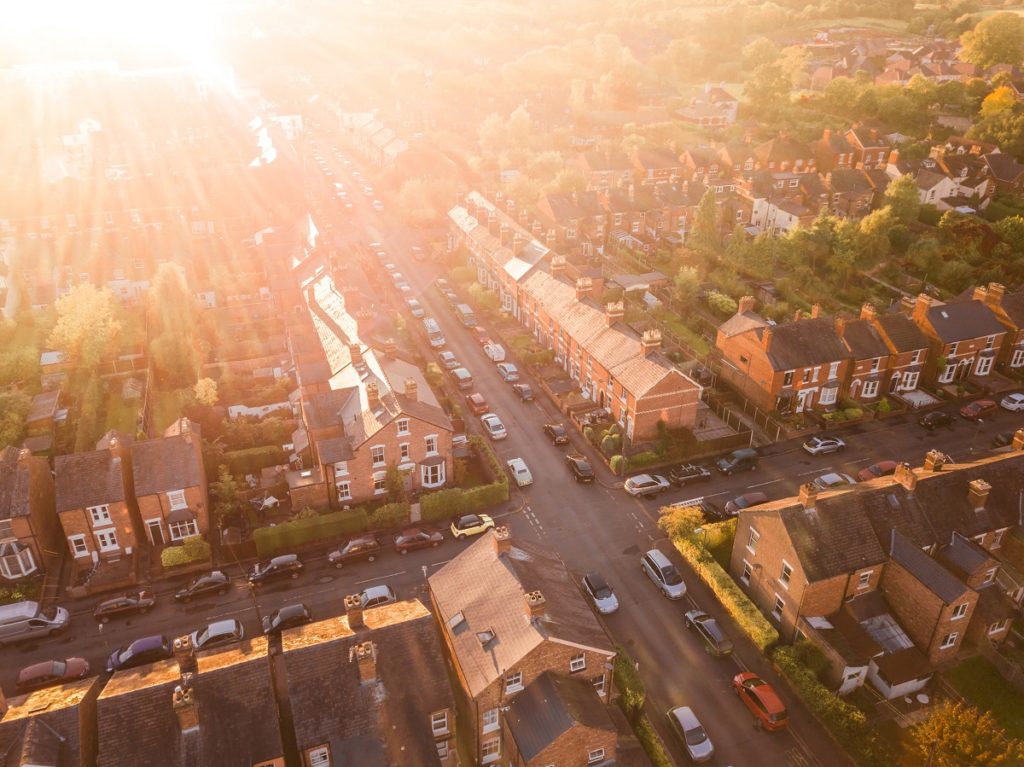Wearing sunblock every time you go out under the sun isn’t enough to protect you from the harmful effects of ultraviolet (UV) radiation that may cause skin cancer and melanomas. UV has a way of getting into your skin (both literally and figuratively) — and sometimes you won’t even notice that you’re already getting harmfully exposed.
Cloudy Days
Most people assume that temperature and cloud formations may somewhat decrease the sunlight’s intensity. While cooler temperatures will certainly protect you from some of the harmful effects of the sun like heatstroke and dehydration, it won’t significantly affect UV radiation. States with cooler temperatures actually have higher rates of skin cancer — as residents are less likely to apply sunscreen.Cloudy skies also don’t necessarily weaken UV radiation — sometimes, they make it stronger. Partly cloudy skies consisting of cumulus clouds (clouds with cottony appearance) increase the concentrations of UV by 25-40 percent. Even if the skies are completely overcast, it will only block 70-90 percent of UV. Apply sunscreen every time you venture out into the sun — regardless of temperature or cloud coverage.
Indoor Exposure
Sunblock is usually reserved for going outside — but large glass windows can expose you to dangerous amounts of UV right inside your home. UV exposure at home is often taken for granted, with most people believing they are completely safe indoors. Even appliances and furniture are significantly affected by sunlight — and even marble countertops can show signs of discoloration within 3-6 months. Window shades can offer a modicum of protection but an even better option might be residential window tinting. UV-filtering film can be applied to your glass windows and doors — allowing light in but blocking dangerous UV. If you have children, making your house safe from UV is especially important. Children’s and babies’ rooms are usually situated in sunny parts of the house — making them more vulnerable to the harmful effects of UV.
Driving to Work

One of the most common means of chronic UV exposure occurs while driving. It might seem inconsequential, but your daily commute is one of the primary factors that increases your risk of developing skin cancer and melanoma. Even a short 15-minute drive to work exposes you to significant amounts of UV radiation that slowly damages your skin. This damage accumulates over time. Most of your UV exposure will be limited to the left side of your body (right side if you’re in the UK, Australia, Japan, or any country that drives on the left side of the road). Your car’s windshield usually has built-in UV protection but its other windows have no such protection. You might notice more freckles and blemishes on the left side of your body — this is due to sun exposure which may lead to more serious conditions. Drive to a car window tint shop and have them apply UV film on your car’s windows. UV film comes in different shades and can be as clear or as tinted as you want.
UV is insidious — harming your body when you least expect it. Take measures to keep your house and vehicle safe from UV and don’t forget your sunblock even during cold or cloudy days.





